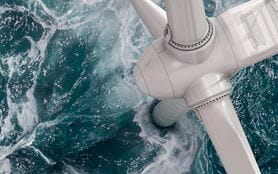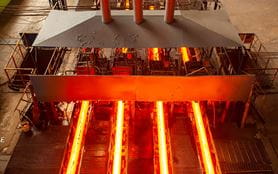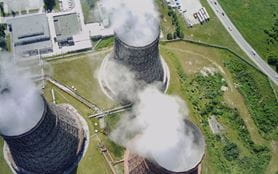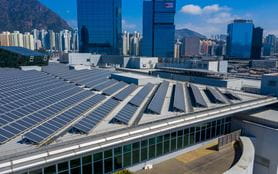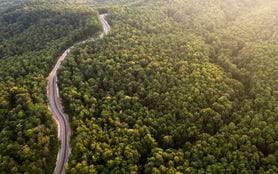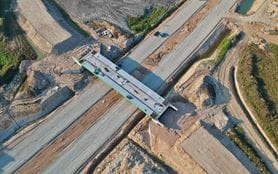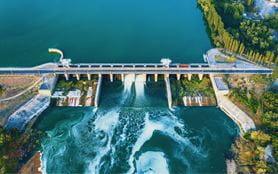Is Asia ready to embrace carbon capture and storage?
Related people
Headlines in this article
Interest in CCUS is rising in Asia. Governments keen to build their supply chains can look to other countries for policy inspiration – but must adapt any measures to their unique circumstances.
The importance of carbon capture, utilisation and storage in managing climate change is driving a wave of interest among Asian countries with large emissions-intensive industries that are reliant on fossil fuels for growth.
Here, governments are considering a range of policy options to drive the investment needed to roll CCUS out at scale.
Three of the Intergovernmental Panel on Climate Change’s four illustrative pathways to keep global temperature rises below 1.5C require the widespread adoption of CCUS, and worldwide there are now 30 CCUS projects in operation, 11 under construction and a further 150 in development.
Global investment focused in the West
To date, most CCUS investment has been in the West but interest is rising around the world. In Southeast Asia, for example, there are several projects in early development, including in Thailand, Indonesia and Malaysia.
That said, much more investment is needed. The IEA calculates that countries in the region need to commit $1bn a year to CCUS by 2025 to remain consistent with the goals of the Paris Agreement.
Governments need to find time in legislative schedules for supportive CCUS legislation designed to limit investor liability and streamline the granting of permits.
How do Asian countries unlock that sort of capital? Government incentives will be needed, but in what form? Norway, for instance, has implemented a carbon tax combined with tax incentives, while the U.S. deploys tax credits and subsidies. Asian countries can learn from these policies, adopting the measures best suited to their individual circumstances.
Scaling CCUS needs a price for carbon
Finding the optimal balance between incentives and disincentives is one of the biggest challenges policymakers face. To scale CCUS in a meaningful way, the costs of emitting carbon must be more than the costs of capturing and storing it. That isn’t possible without either taxes or subsidies, while emissions trading schemes and carbon credits provide an additional boost.
Governments also have to find time in legislative schedules for supportive CCUS regulation designed to limit investor liability in the short and long term, and to streamline the granting of permits and licences.
There is, nevertheless, momentum on this front. A number of Asian countries – among them Indonesia – are moving towards a regulatory framework for CCUS, with existing oil and gas and mining regulations often serving as a template.
For its part, Japan has progressed a pilot CCUS scheme using a cocktail of existing legislation but has acknowledged that CCUS-specific laws will be required in the future.
International collaboration crucial to provide consistent incentives
What else is needed for Asia to take its CCUS ambitions forward? International collaboration is crucial to provide regional – and, ideally, global – consistency around incentives, taxes and carbon trading schemes.
Government collaboration will also be necessary to support the creation of infrastructure to move CO2 across borders for storage.
The establishment of the Asia CCUS Network last year was an acknowledgement of the need for international collaboration. Efforts around regulation and incentivisation in the region now need to be solidified and accelerated.
This article was authored with Ian Havercroft, Principal Consultant, Policy, Legal and Regulatory at the Global CCS Institute.



